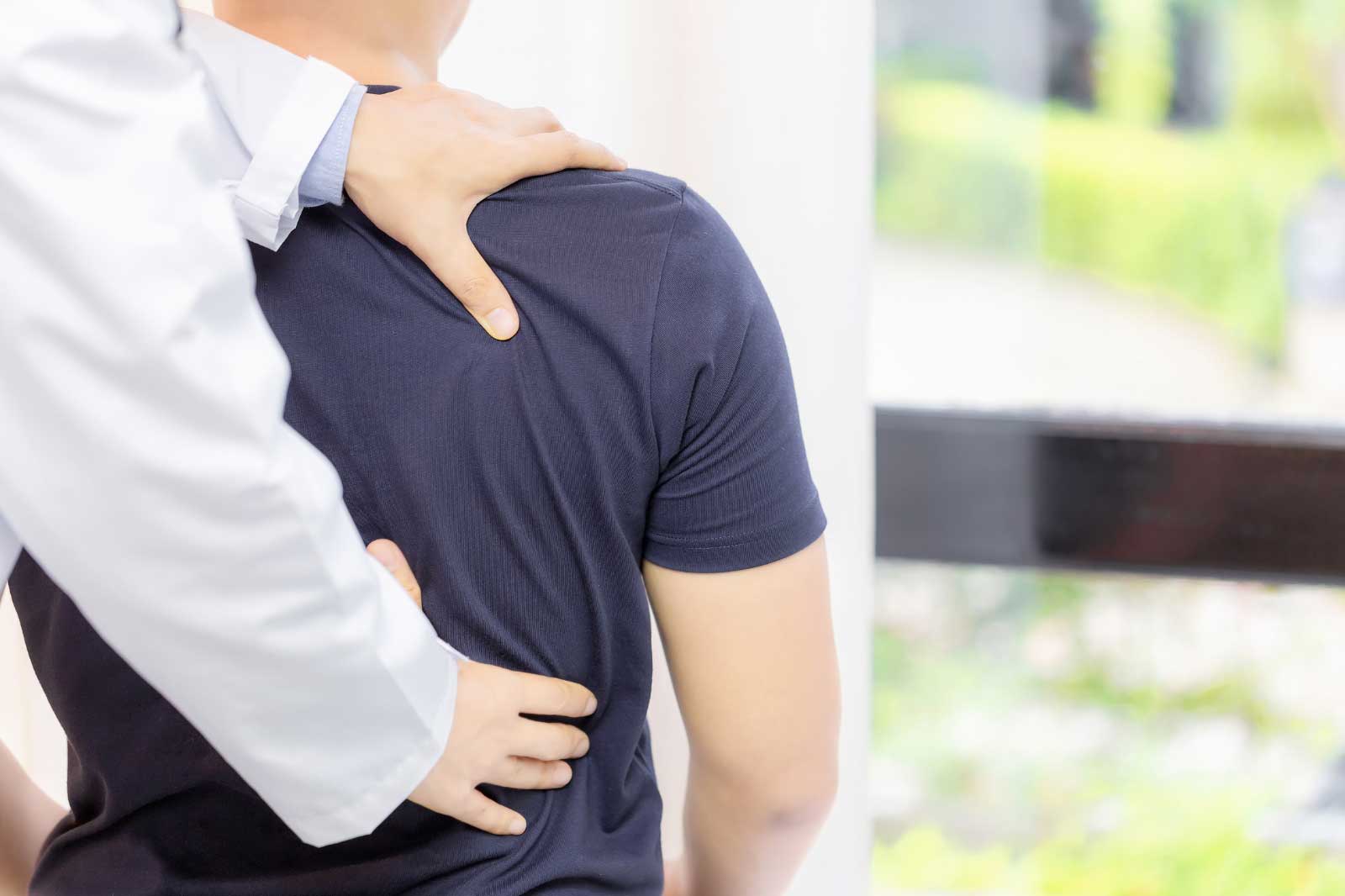Migraines are a debilitating condition that affects individuals worldwide. They often bring intense pain, sensitivity to light and sound, and a range of other symptoms that can severely disrupt daily life. While there are many treatments available, one less conventional option has been gaining traction recently. Botox, commonly associated with cosmetic procedures, is now being explored as a potential tool for managing migraines.
What Is Botox?
Botox is derived from a neurotoxin known as botulinum toxin, which is produced by the bacterium Clostridium botulinum. While the idea of introducing a toxin into the body might seem alarming, when administered in controlled doses, Botox safely serves several medical and cosmetic purposes. It functions by temporarily blocking signals from nerves to muscles, thereby relaxing the muscles in targeted areas. Healthcare professionals administer Botox via small injections into specific areas of the body. The toxin remains in the localized region, making sure that its effects are targeted and temporary. Treatments generally last between three to four months, after which follow-up sessions are required to maintain the desired outcomes.
How Is It Used Cosmetically?
Botox first gained widespread recognition as a cosmetic solution. It has become a popular procedure for reducing the appearance of facial wrinkles and fine lines. By temporarily paralyzing the muscles that cause wrinkles, Botox provides a smoother, more youthful appearance.
Common areas treated with Botox include:
- Forehead Lines: These are the creases that form horizontally across the forehead due to repeated facial expressions, such as raising the eyebrows.
- Crow’s Feet: These form at the corners of the eyes and are often associated with smiling or squinting.
- Glabellar Lines: These vertical lines appear between the eyebrows and are often referred to as frown lines.
- Bunny Lines: These small creases develop on the sides of the nose.
The effects of cosmetic Botox are apparent within a few days of treatment, with minimal downtime. Given its ability to deliver noticeable results in a short period of time, it has become a go-to option for individuals seeking non-invasive cosmetic enhancements.
How Can It Treat Migraines?
One of the lesser-known but increasingly recognized uses of Botox is in the management of chronic migraines. This application was approved by the U.S. Food and Drug Administration (FDA) in 2010 and is specifically indicated for individuals who experience migraines on 15 or more days per month. When used for migraines, Botox works by targeting pain-related pathways rather than muscle contractions. It is believed that the injections can block the release of certain chemicals involved in pain transmission. This can prevent headache episodes before they begin and may be particularly valuable for those with chronic migraines.
The procedure for administering Botox for migraines involves a series of tiny injections around specific areas of the head and neck, including:
- The forehead
- Temples
- Back of the head near the base of the skull
- Neck and upper shoulder muscles
It is worth noting that this treatment is not intended as a cure for migraines but rather as a management tool to enhance the quality of life for those living with this condition. Some individuals may also use complementary therapies, such as medications or lifestyle changes, alongside Botox to achieve optimal results.
Talk to a Professional About the Procedure
For individuals who experience chronic migraines or are curious about alternative treatment options, Botox may offer a viable solution. Consulting a licensed healthcare professional is the first step toward understanding whether this treatment is suitable. They can discuss the procedure, evaluate whether you meet the criteria for treatment, and outline any potential risks or side effects.





Leave a Reply